Although Tourrettes is a small town, it has a long castle tradition. which go back to the 14th century
The troubled period of the early Middle Ages favored the proliferation of "castra", fortified villages or strongholds. Archaeologists have been able to identify ten fortified sites, including the first Château de Tourrettes, which was built by Bertrand de Villeneuve, Lord of Tourrettes from 1321. This first castle of Tourrettes however turned rapidly into ruin and vanished. It was apparently located where is now the commune of Tourrettes. Only the Clock Tower remains until today.
Over the next two centuries, Tourrettes spread its alleys and squares around the old castle. The church and old castle were rebuilt in 1546. However, this second edition of the castle did not last very long in these troubled times of religious wars. The old castle was destroyed by cannon by the Fayençois in 1590 (Catholics against Protestants). In 1592, the de Villeneuve family moved into a large building in the heart of the village (the current town hall), whose beautiful vaulted rooms in the basement are reminiscent of architecture until today.
A purely rural economy developed throughout the territory of the municipality of Tourrettes in the centuries thereafter, which due to its location in the foothills of the Alps collects water from the mountains. Numerous canals and reservoirs are used to irrigate the plain of Tourrettes, and the mills, fountains, wells and washhouses were multiplying.
Then comes the story of the creation of the third castle of Tourrettes, the Chateau du Puy, where this website is all about. The Château du Puy is the work of General Alexandre Fabre, who was born in Tourrettes. He became a military engineer and was sent by Napoleon himself to the Russia of the Russian Tsar Alexander I in the early 19th century. He became famous over there but never forgot his native village in South Eastern France. His life reads like an adventure book.

It was this General Fabre who built on the hills just outside of the village of Tourrettes the Chateau du Puy
Alexandre Fabre was born in Tourrettes in 1782. His parents came from old local peasant families enriched thanks to doing business locally, which allowed them to give a good education to their children and mainly to their eldest son Alexander who from an early age testified to a certain interest in studies. Thus he was accepted to the college of Draguignan where he showed particular dispositions in mathematics. This is why his teachers proposed him for the entrance examination to the new Polytechnic school that Napoleon Bonaparte had created in 1796. He was received there in 1801.
When he left school, two years later, he chose the administration of "roads and bridges", an organization to which Emperor Napoleon was particularly attached because he considered, not without reason, that an excellent road network is essential both to the economy of the country and to the rapid intervention of the military forces. From then on the young Fabre took part in the construction of communication routes. One of his first works was the construction of the "Corniche road" between Nice and Genua in Italy. This famous road, mentioned in so many movies got Alexandre Fabre to get the admiration of all European rulers, as he proved to be a brilliant military engineer.

Thus in 1807, during the Treaty of Tilsit, Russian Tsar Alexander I, aware that the road network in his own Russia was totally obsolete, the Russian Tsar asked Napoleon to lend him some of his engineers capable of providing useful advice to his Russian technicians. In 1809, Emperor Napoleon sent a mission of four engineers from Polytechnic, headed by Mr. Bazaine and in addition Alexandre Fabre, Poher, and Detrem to Russia. These four men arrived in Moscow in 1810 and immediately set to work.
The road sector assigned to Alexander Fabre included the region between Moscow, Saint Petersburg, and the Baltic Sea, while the other three shared the areas of Moscow-Minsk, Moscow-Odessa and Moscow-Vovograd.
The four French engineers were then invited to St. Petersburg. In July 1810, Fabre entered Russian service and became Podpolkownik in the Transport Engineer Corps on a salary twice that of his salary in France. He was immediately transferred to the reserve and appointed professor of applied mathematics at the Institute of the Transport Engineering Corps that had just been founded. In addition, he was responsible for the canal construction in the St. Petersburg area.
At the beginning of the Franco-Russian hostilities followed by the war in 1812, when Napoleon attacked Russia with his army, Fabre, like the other three French engineers "on loan" to the Russian Czar, were put under police surveillance at first.
Later they were exiled to Yaroslavl, Poschechonje, and finally exiled to Irkutsk in Siberia on a simple salary for a two years period. The good days were over as they were locked up.
But after the defeat of Napoleon in Russia, the Tsar remembered his four French engineers and asked them to resume their work activities again. Only Fabre accepted and his salary went rapidly up again. In 1815 after the war, Fabre was able to return to St. Petersburg, where he accepted Russian citizenship.
In the same year 1815, he was transferred to the fourth traffic route district. Then Alexander Fabre carried out the projects for the construction of the ports of Taganrog and Mariupol and also the leveling of the Manych River. Fabre became a member of a St. Petersburg Masonic Lodge and a notorious freemason.
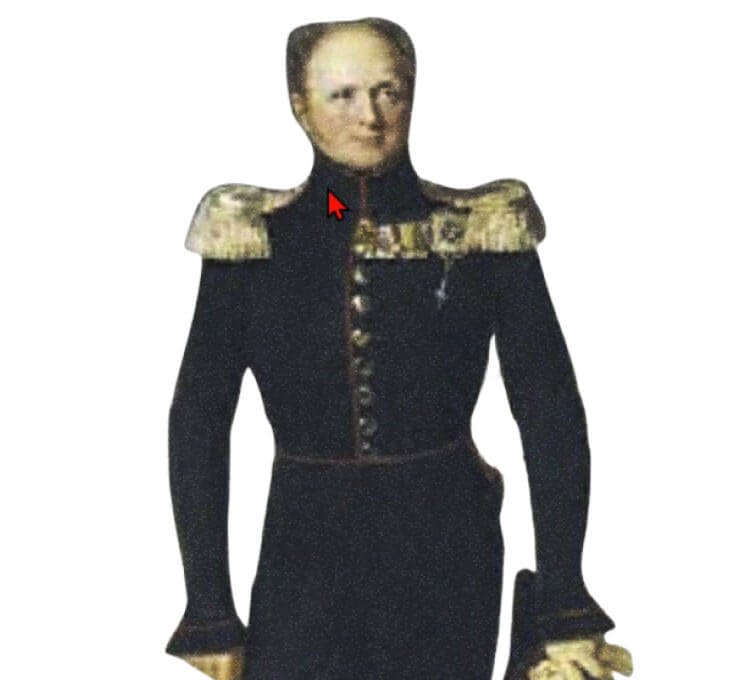
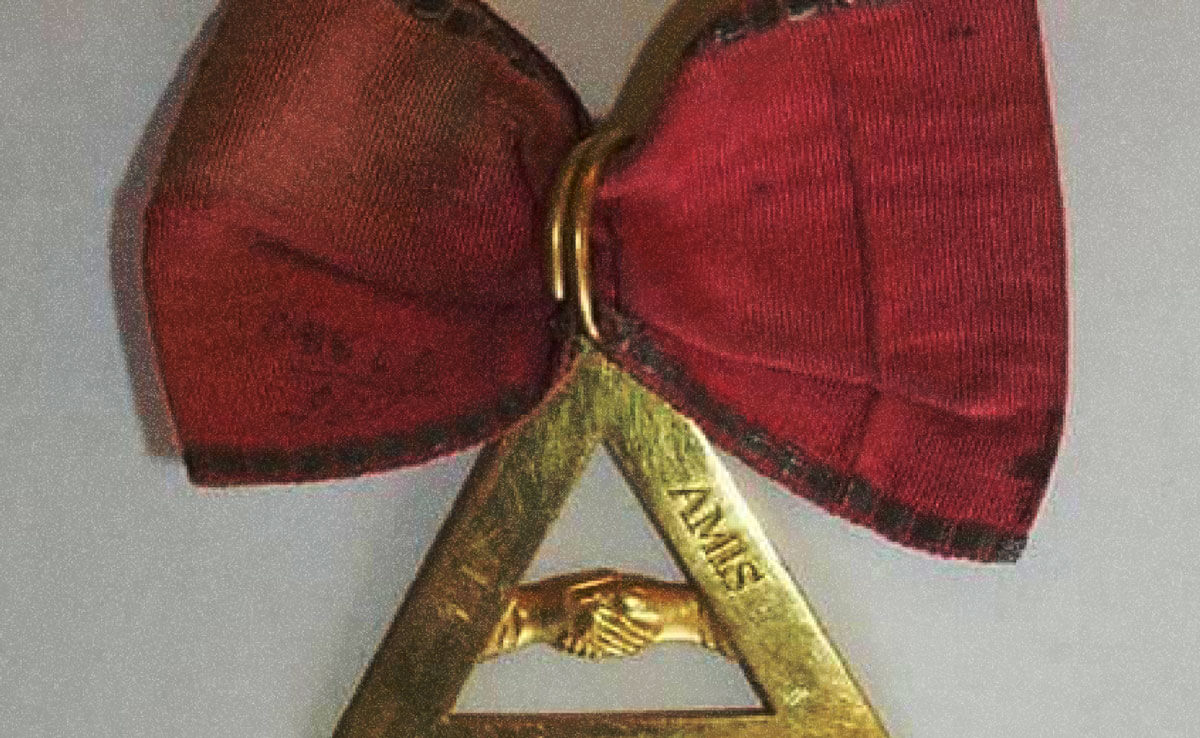
In 1818 he was sent to Moscow to hang four bells in the Ivan the Great bell tower. In 1820 he was promoted to major general. In 1827 he became a member of the Council for Military Settlements of the Imperial General Staff. In 1831 he was transferred to the engineering corps of the military settlements.
He built military barracks in remote regions of the expanding Russian empire, as far as Georgia, Finland, Moldavia, and even Azerbeidzjan. These "military colonies" were the masterpiece of the works of Alexandre Fabre in Russia. It was literally a greenfield approach in often hostile environments surrounded by barbarians. These military barracks, in combination with units of peasant soldiers in charge of border defense missions, were forming a reserve army and ensuring their own subsistence through the practice of agriculture. The aim of these military colonies was to remove the burden of maintaining part of the army from the state, thereby saving money. Life in the military colonies alternates agricultural work and military life and is strictly regulated. General Fabre has been involved in so many of them throughout the outskirts of the Russian Empire.
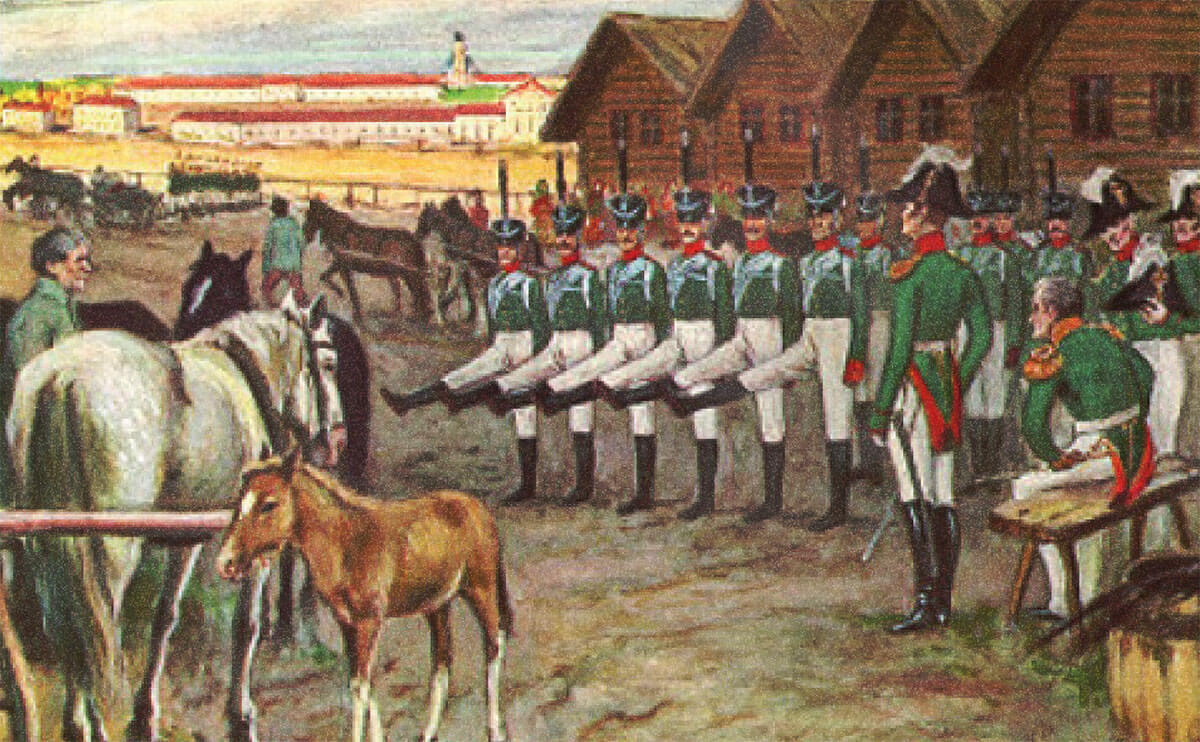
Alexandre Fabre was a practical engineer, someone who constructs rather than nicely documenting his heritage for the long run.
Few people know, but it was Alexander Fabre who was responsible for the construction of the so-called Georgian Military Highway, connecting Russia with Tbilisi, Georgia until today. Also, he contributed to the constructor of bridges of the river Neva in the St Petersburg area.
In the meantime, Alexander Fabre became notorious in Russia, and until today, he still has his own Russian Wikipedia page
Fabre loved his Russian life. He had made his life there and his heart too had found a reason not to return to France. The warmth of her relationship with a charming Slavic countess was worth more than the warmth of his native Southern France. This woman, in addition to her social rank, devoted herself to the art of painting where she excelled ... according to those around her. Fabre loved his sweetheart so much that he adored the works of which he made ample provision: love is blind!
What happened to this irregular couple? Were they forced to leave each other? Was she tired of so much adoration? In short, fate separated them and from then on Fabre had no reason to stay in Russia. Rich, the trunks full of his memories, some plans and all the paintings of his beloved, he returned to Tourrettes with the honorary rank of Major General of the Russian army. In 1833 he was dismissed from service due to illness. He left with a generous Russian pension and obtained the title "General of Engineers".
General Alexander Fabre returned to his native village of Tourrettes as a wealthy man, rich with ideas and ambitions.
The former castles of Tourrettes out of the Middle Ages and the Renaissance were demolished, Alexandre Fabre wanted to give Tourrettes a brand new castle again.
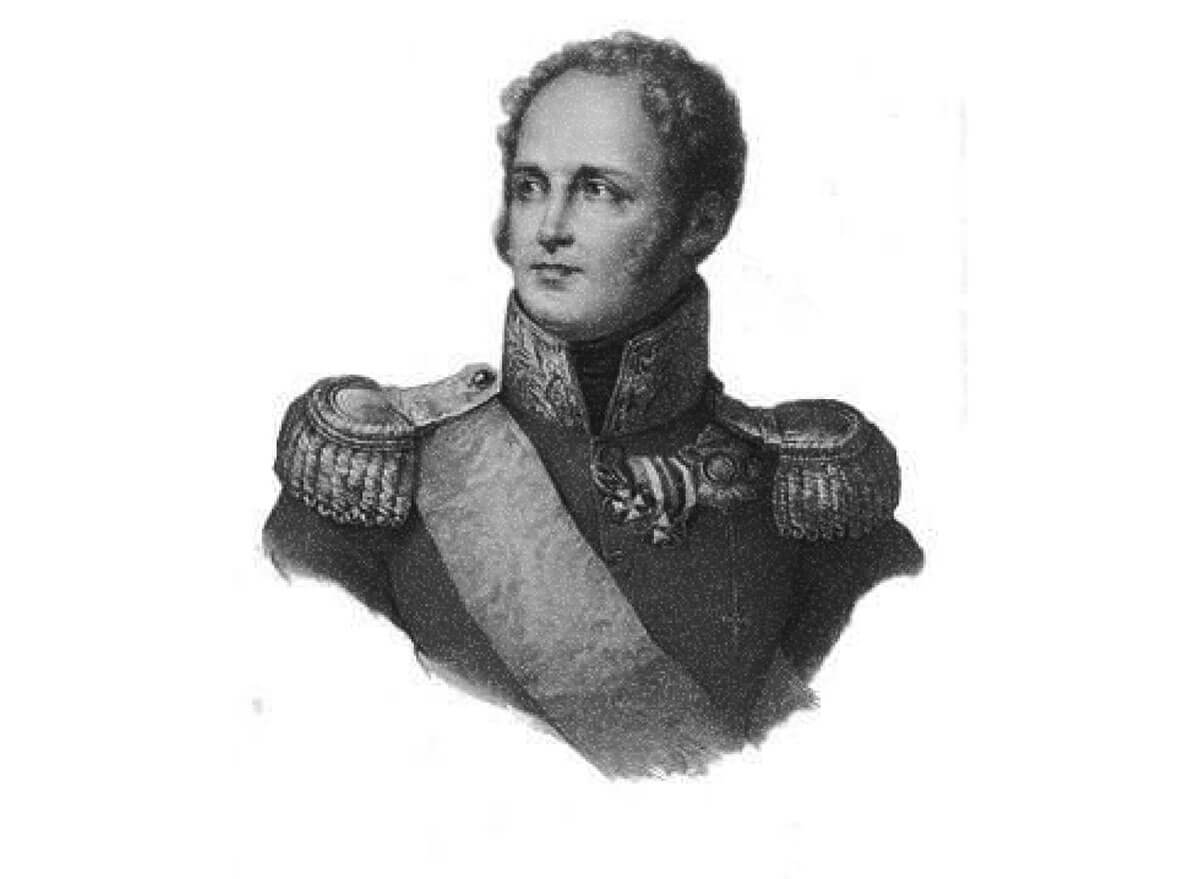
Being a tireless builder, General Fabre bought the small hill of Puy in Tourrettes which faces the old castle of the lords of Tourrettes and he undertook to build his castle there.
As a notorious Russian art collector, his plan was to build a palace museum for his art collection in Tourrettes. He also planned to make the chateau a house of artists and a place where artists could be formed and trained
This monument, according to the plans he brought back, was to include: in the basement his tomb; on the mezzanine, the museum to hang the works of his Beauty, and on the first floor, his apartments. And so it happened.
In the village of Tourrettes, the castle was called "Château Général Fabre" , but he called it "Chateau mon Plaisir".
He boldly started with the construction of what became the "Château du Puy", hereby creating jobs for local craftsmen of Tourrettes.
The architecture is clearly atypical for the Provence. It is not sure where Alexander Fabre based the architecture of his castle on.
In 1817 Fabre worked at the Cadet School in Saint Petersburg. However, this school existed in the 18th century so it is either a reconstruction or new development. Family tradition here in Tourrettes claims until today that the castle he built here in Tourrettes is a replica of this school. It seems that it does not correspond at all to the architecture of the beautiful city on the banks of the Neva, but you find this kind of building when you go towards Odessa.
Some other people think, that Alexander Fabre, having completed the School of the Military Colony of the Saratov region on the Volga, reproduced the plans in the construction of his home in Tourrettes
Another plan indicates that it is based upon the school for noble girls in Saint-Petersburg. Here again, we see a very beautiful building of the purest classic existing therefore for several decades. Could this be the famous school where Countess "Katia" Dolgorouki, the morganatic wife of the Tsar, was educated? Anyway, it is probable that Fabre carried out work in this building.
Another document shows a water machine intended to operate a cement factory which was to be located in the town of Morchansk, south of Moscow, in a region with chalky soil. This suggests that Fabre had serious knowledge in Hydrology and Hydrography, knowledge necessary to supply palaces and homes with running water.
Or maybe it is a combination of various construction elements he once was involved in during his Russian years.
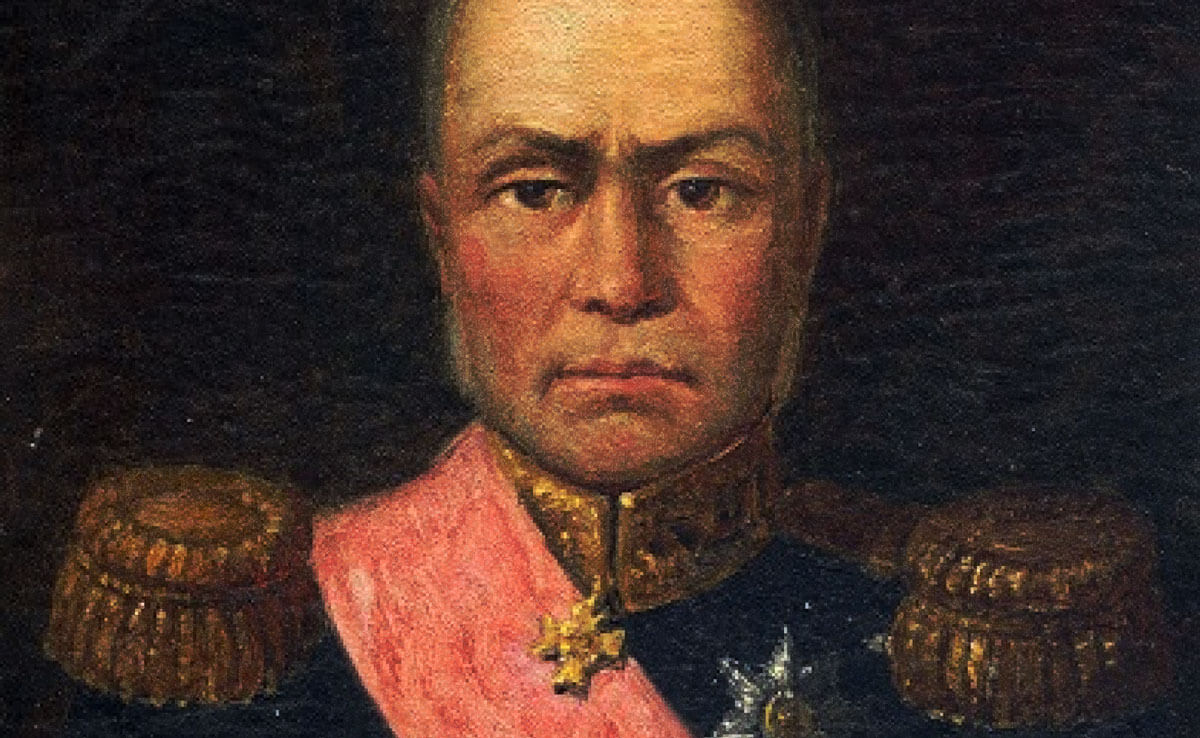
Whilst the construction years, General Alexander Fabre settled in the village of Tourrettes. He had entrusted the running of his house to a young woman who, from housekeeper became Madame Alexandre Fabre.
However, his newfound luck with his young spouse did not last very long. The sudden change of climate and some illness reported from his exile in Siberia got hold of General Alexander Fabre. He died in 1844 at the age of 62 before he could see his castle completely finished. However, he was buried in the crypt provided for this purpose in the castle, so in a certain way, he anyway moved in.
His young wife was his main heiress ... much to the fury of the Fabre family of course.
From then on, the two families looked at each other doggedly and the chateau had become the co-ownership of co-owners who, for lack of having all of it, hastened to get the maximum possible out of it. They removed the doors, the windows, roof tiles, and beams (main load-bearing structural element of the roof), boning the monument into ruin much faster than if it had been the victim of an earthquake.
The mayor of the village, faced with this descendants vandalism, had the remains of the unfortunate general Fabre transported to a tomb in the cemetery as the castle turned rapidly into ruin.
The remaining bricks of the castle were used in the years after by the locals to build their houses. The ruins of the castle became a playground for the children in nearby villages.
Very sad ending, especially given the unique and atypical architecture of the place.
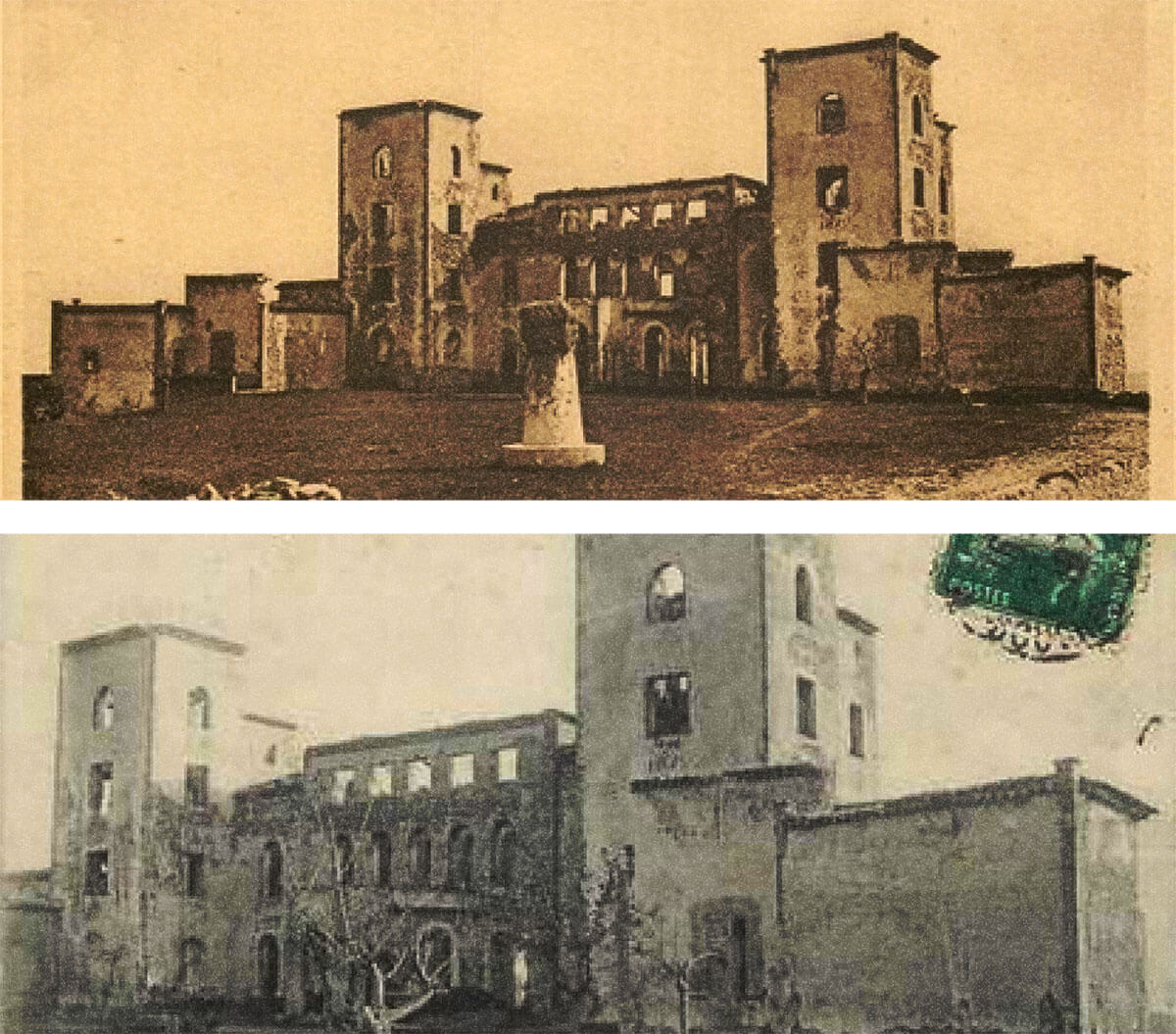
Nearby Brussels in Belgium, there's Waterloo. This place became famous in 1815 because that's where Napoleon was finally defeated. There are several monuments in Waterloo to commemorate this famous battle. It is over there in Waterloo, Belgium that a lawyer, named Georges Hermans, lived.
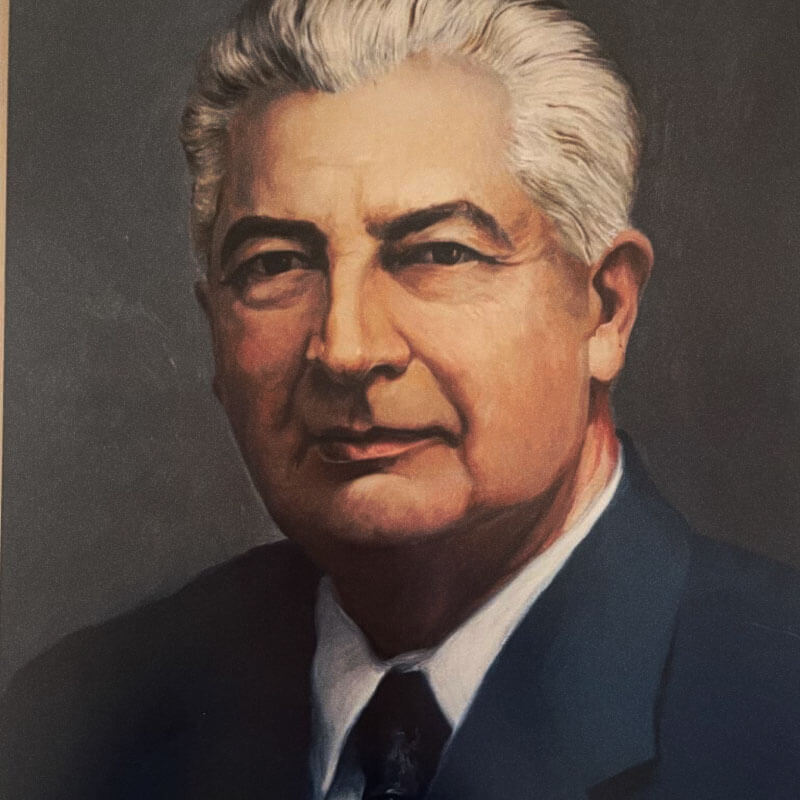
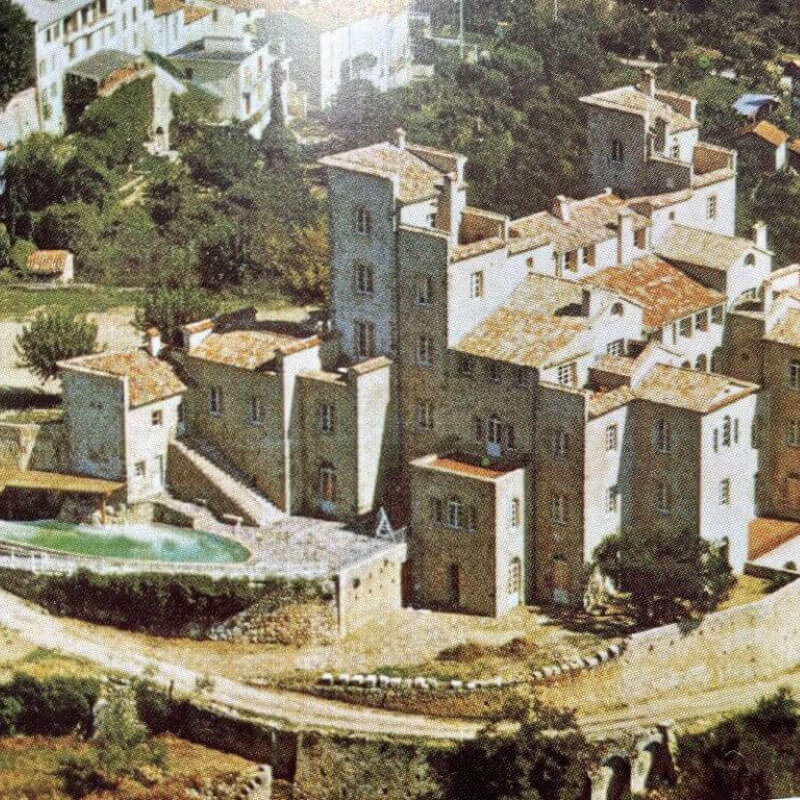
Georges Hermans learned in the 1950's about the Alexander Fabre story of Tourrettes. He got fascinated by this story out of Napoleon's era, the more that he lived in Waterloo where Napoleon was defeated by Lord Nelson. The battle marked the end of the Napoleonic Wars
Georges Hermans traveled numerous times to Tourrettes. Being a lawyer, he was able to purchase the parts of the former castle, now a ruin, of the many descendants of the old Général. In 1954, he acquired the ruins.
Once Georges Hermans gathered the ownership of the terrain, he surrounded himself with local craftsmen and started the renovation works of the castle.
Georges Hermans succeeded in the 1960s through perseverance with his plan to reconstruct the castle.
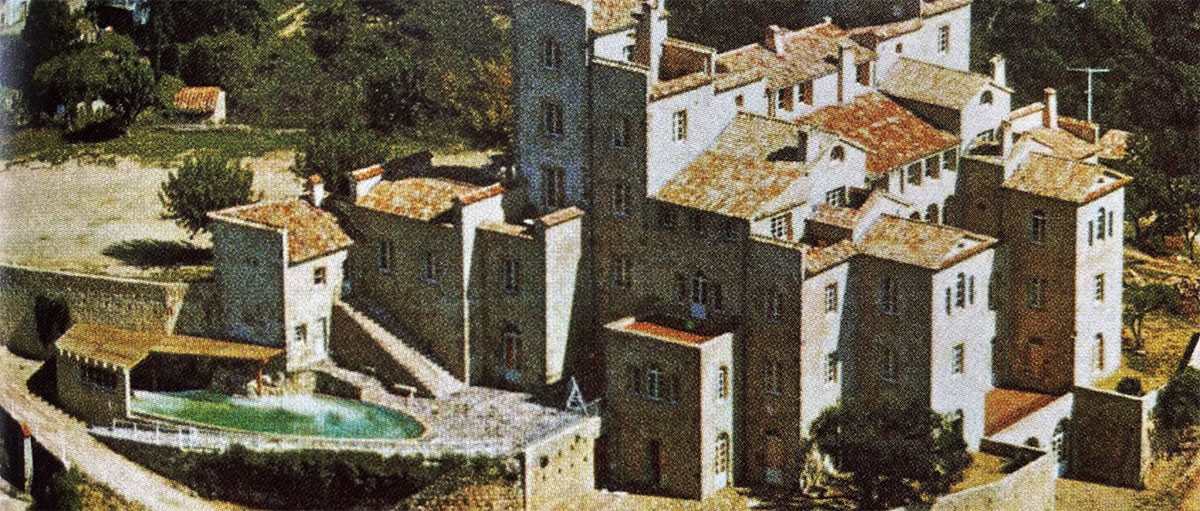
However, that initiative to renovate the castle proved to be very costly and complex.
He found some Belgian partners and co-investors and they finally decided to make a condominium out of the castle, as the place is spacious enough.
These renovation works took several years and in the meantime, the castle was divided into smaller and larger apartments, altogether more than 20 units. In the 1970s, the works were finalized.
An small office was installed at the base unit of the Western Tower and the individual apartments were put for sale
Honoring the great renovation works which have been realized by this Belgian lawyer, the village of Tourrettes named the road to the castle after him, it is now called "Avenue Georges Hermans", whereas the parking lot in front of the castle is called "Place Général Fabre". The precise address of the castle is "156 Avenue Georges Hermans" as the numbers of meters are used to determine the house number.
Georges Hermans passed away in the seventies and his descendants still own until today units in the castle.
The castle is nowadays a privately owned condominium, with an international co-ownership. It remains a so-called mysterious castle, on the hilltops of Tourrettes, proudly overseeing the valley of the "Pays de Fayence"
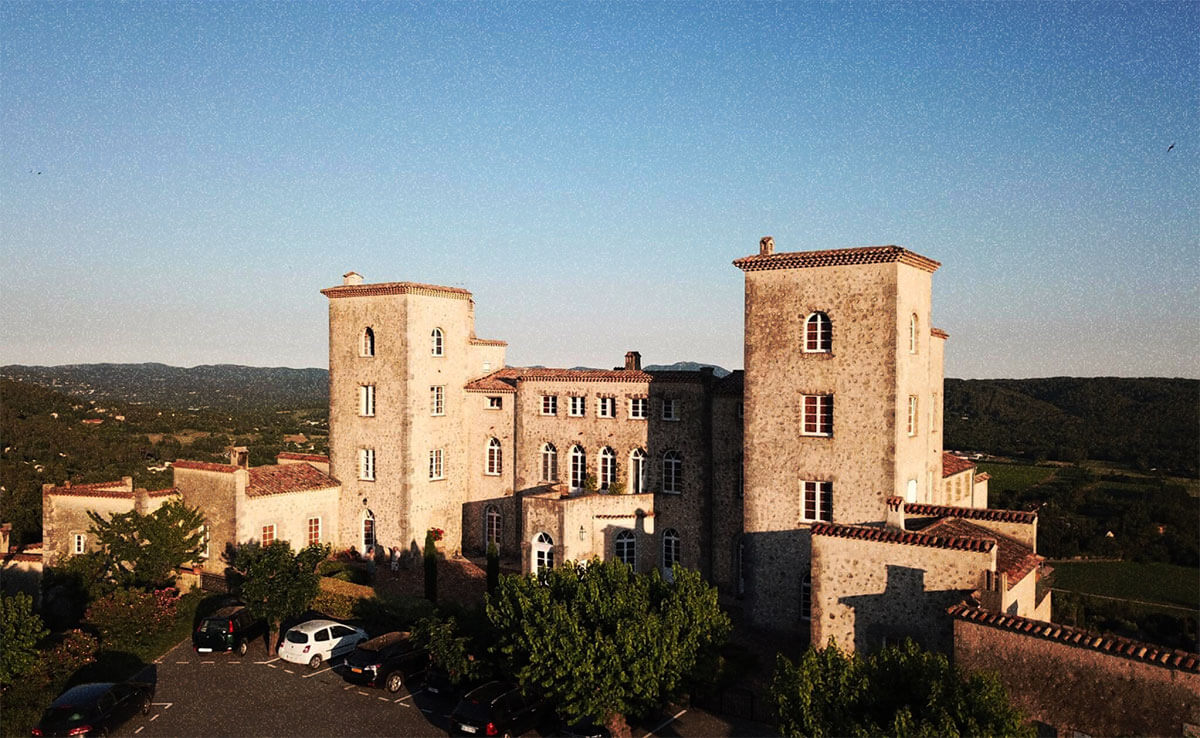
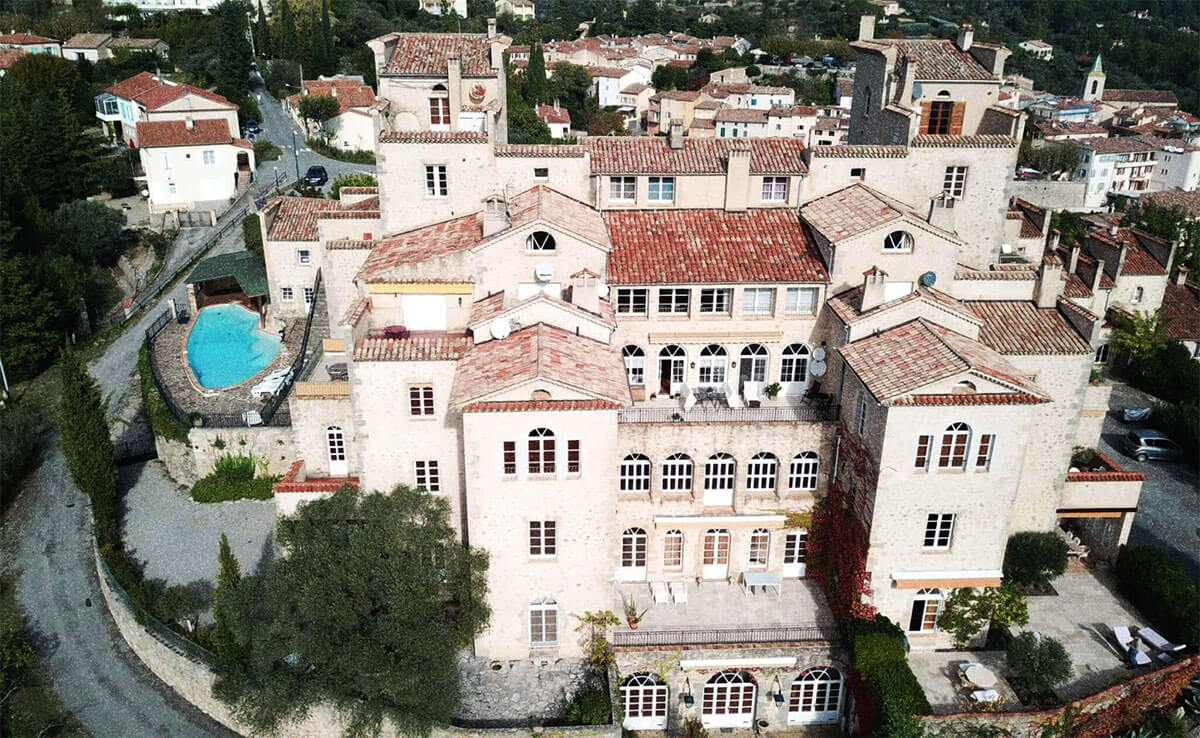
In 2021, a team of local and international artisans and craftsmen completed the meticulous restoration of two historical tower units within the castle. This ambitious project was driven by a desire to revive and honor the original grandeur envisioned by General Fabre. The restoration team focused on blending historical preservation with modern 21st-century amenities, resulting in the Tower Suites being transformed into a harmonious mix of past and present. These suites now stand as a beautifully restored testament to the castle's enduring legacy and French history.
In 2021, Kika, alongside a skilled team of local and international craftsmen, completed the challenging yet rewarding task of restoring two historical tower units back to their original glory as envisioned by General Fabre. Driven by a deep appreciation for French history and architectural heritage, Kika focused on a restoration approach that blended the preservation of historical elements with the integration of modern 21st-century comforts. This meticulous work has led to the full restoration of the historical Tower Suites, ensuring they stand as a proud representation of both past splendor and present-day luxury.
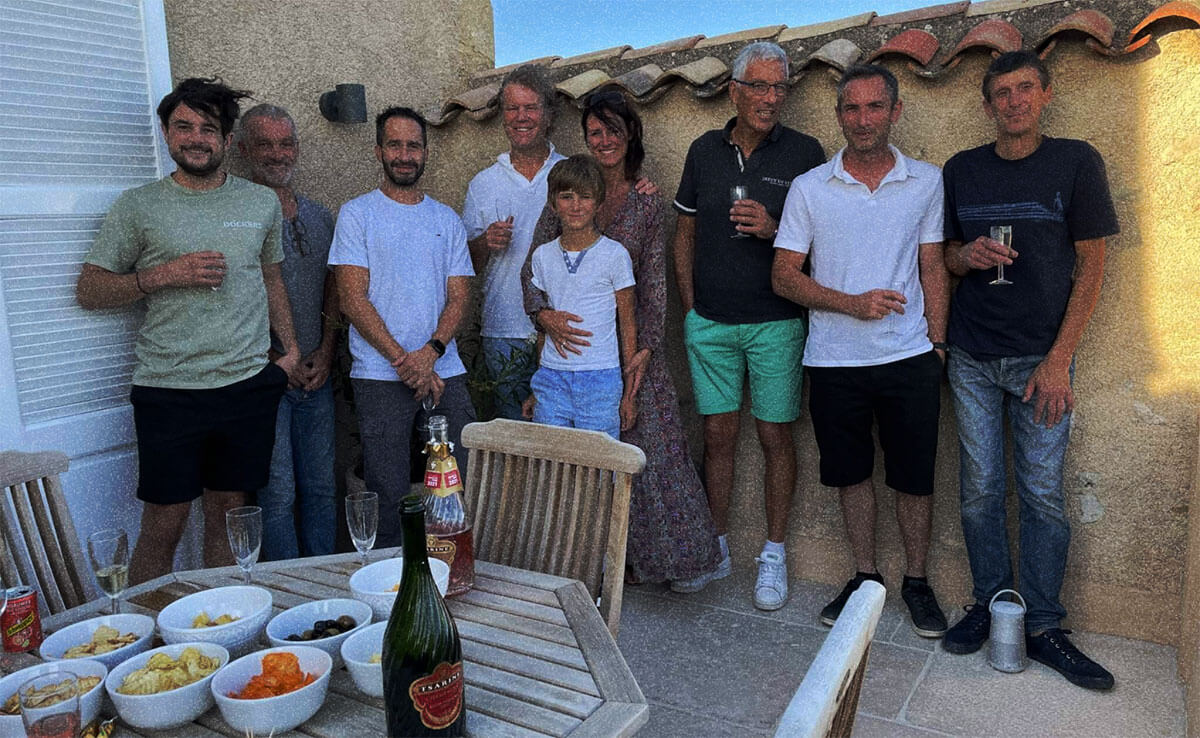
Nearly two centuries since General Alexandre Fabre initiated its construction, and following the renaissance revival by Lawyer Georges Hermans in the 1960s, the historic Tower Suites of the Chateau du Puy have been lovingly restored. These suites, where General Fabre once planned to reside with his young spouse in the early 19th century, now seamlessly blend luxurious modern amenities with their rich historical essence to meet 21st-century standards.
The current co-owners, who cherish their time spent in these magnificent Tower Suites, have decided to open their doors for seasonal rental. This offers a unique opportunity for guests to immerse themselves in the splendor and tranquility of a historical gem. Staying in the penthouse Tower Suites of Chateau du Puy is an experience to be treasured, a perfect blend of historical elegance and modern luxury that will leave a lasting impression.

